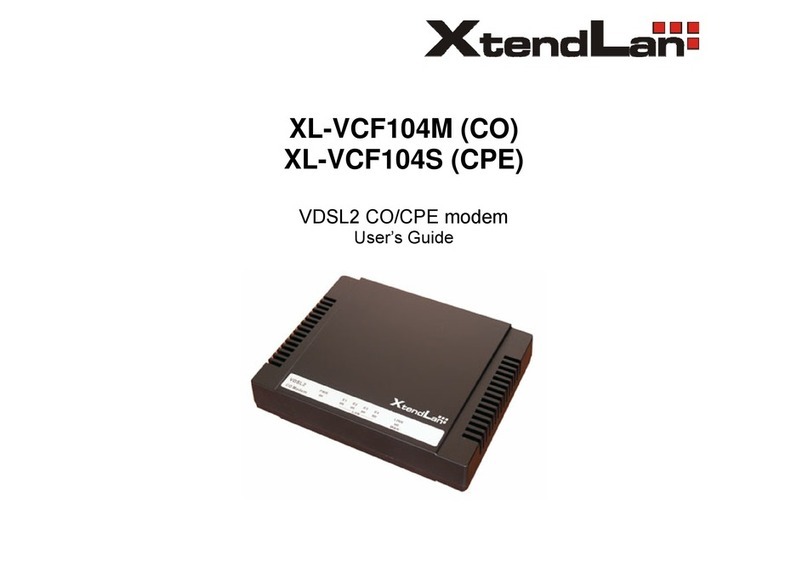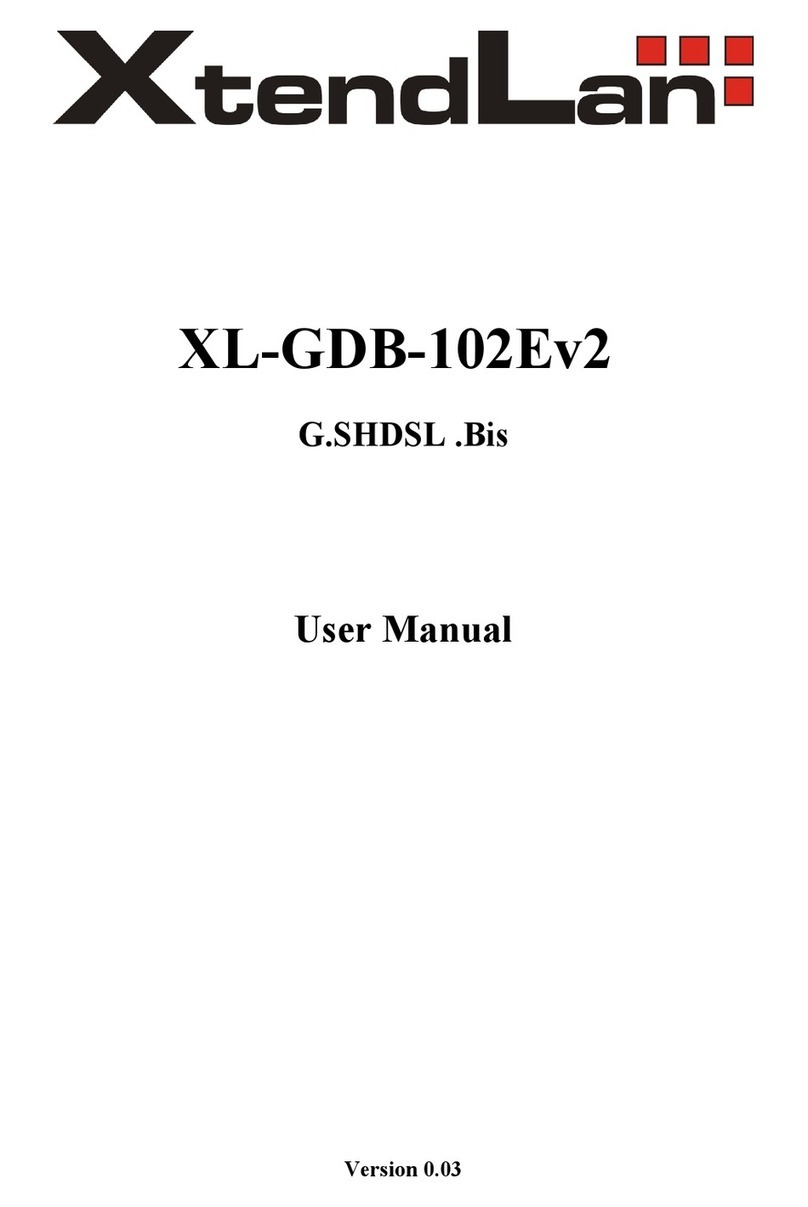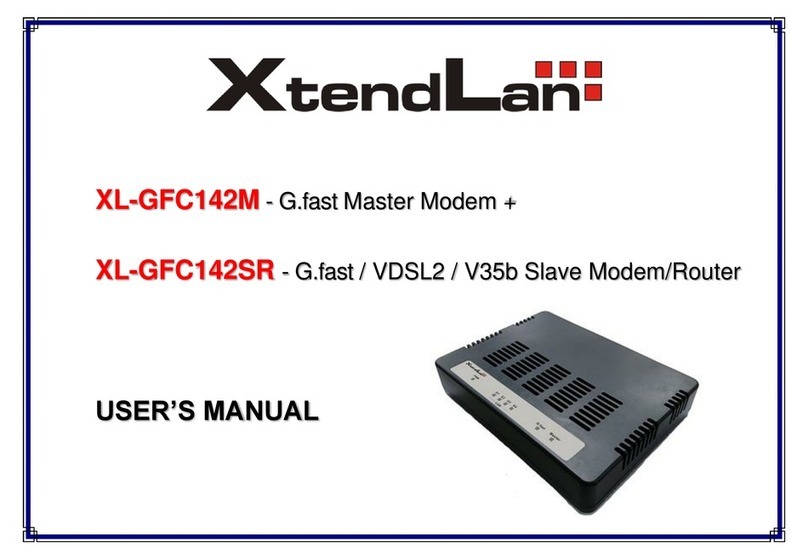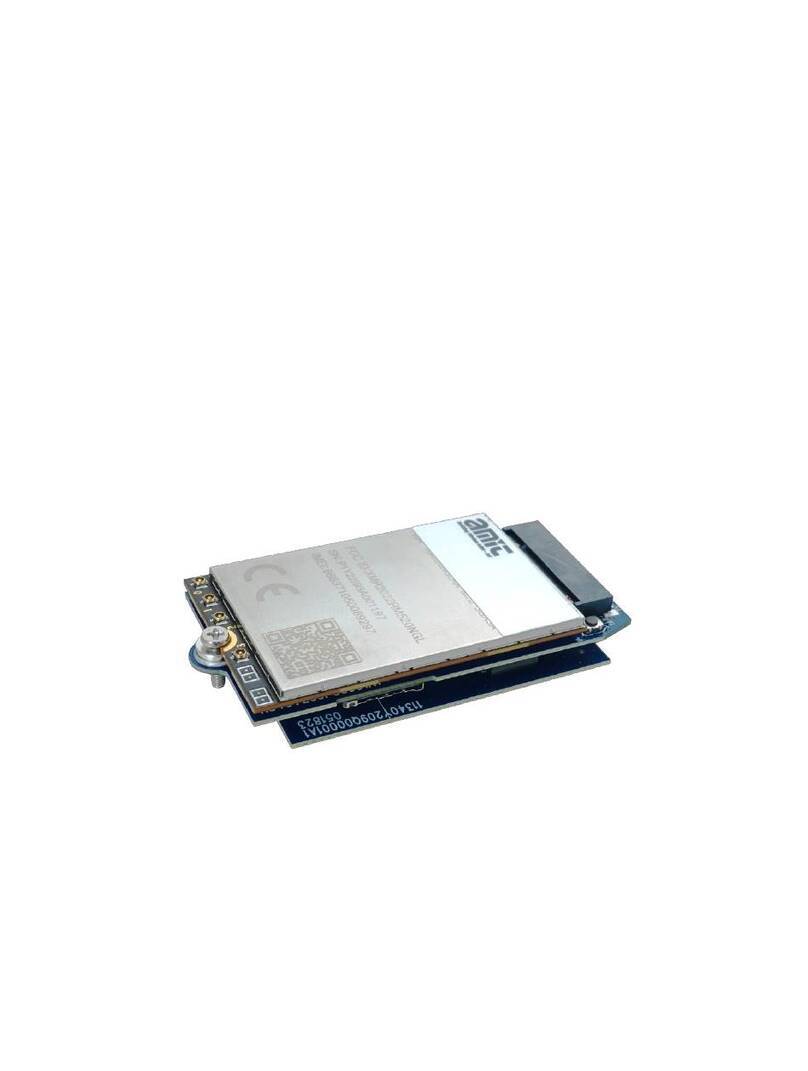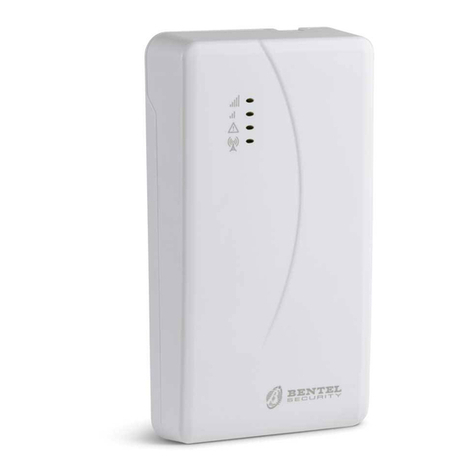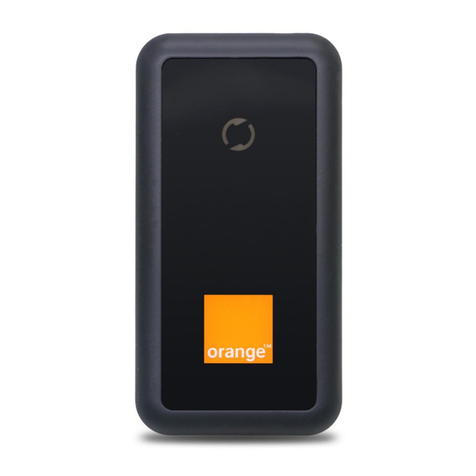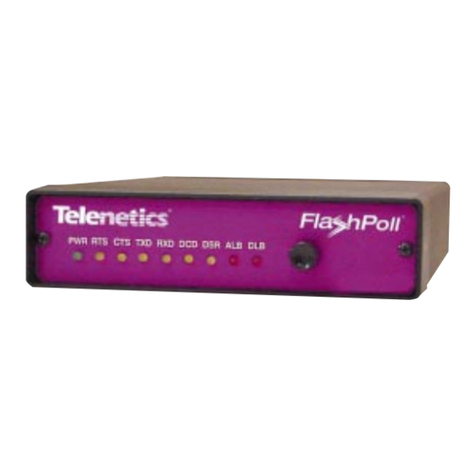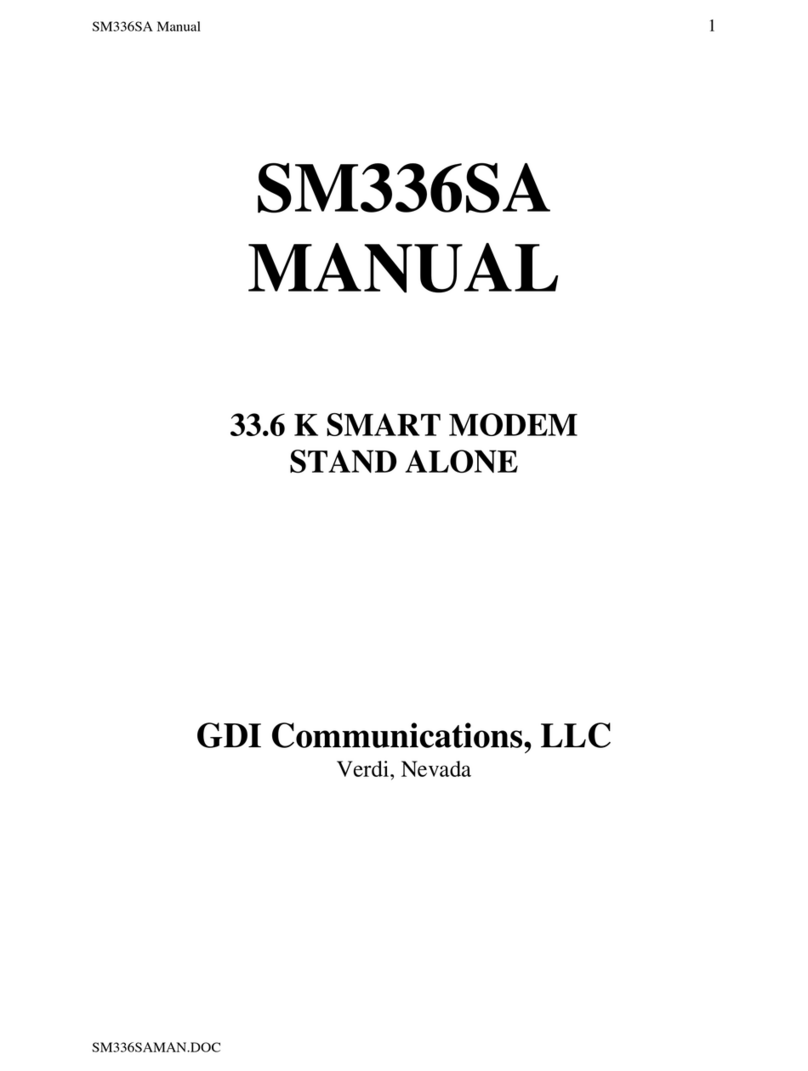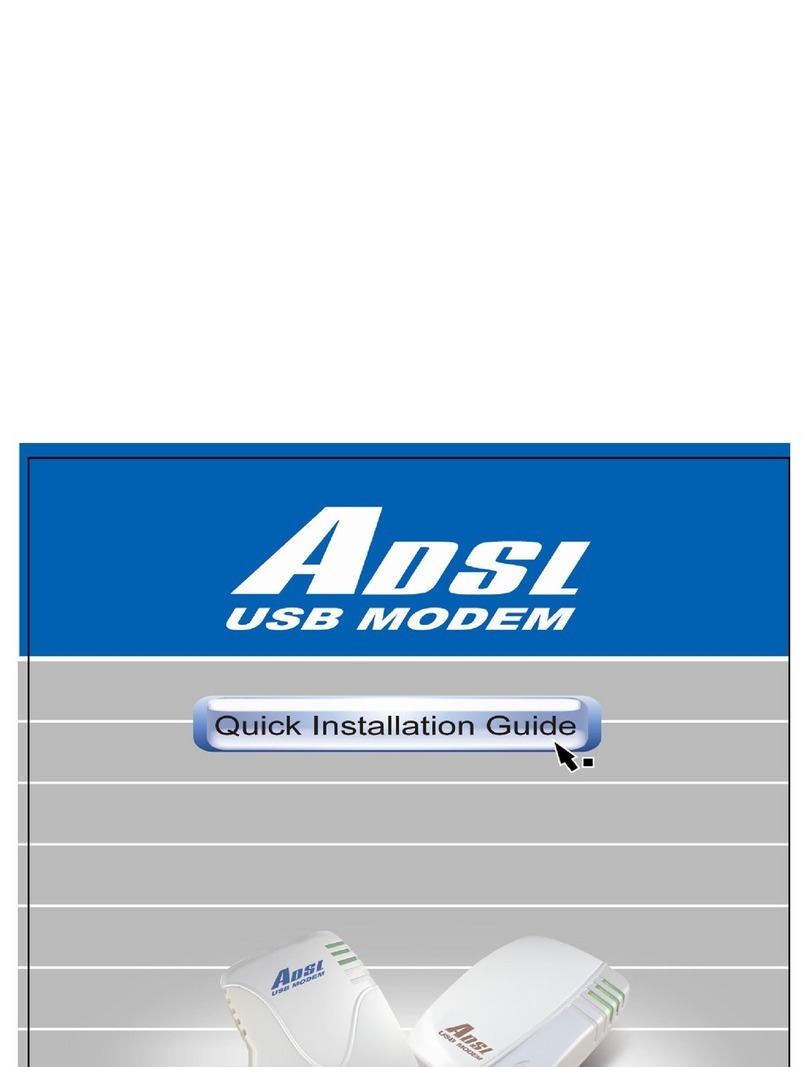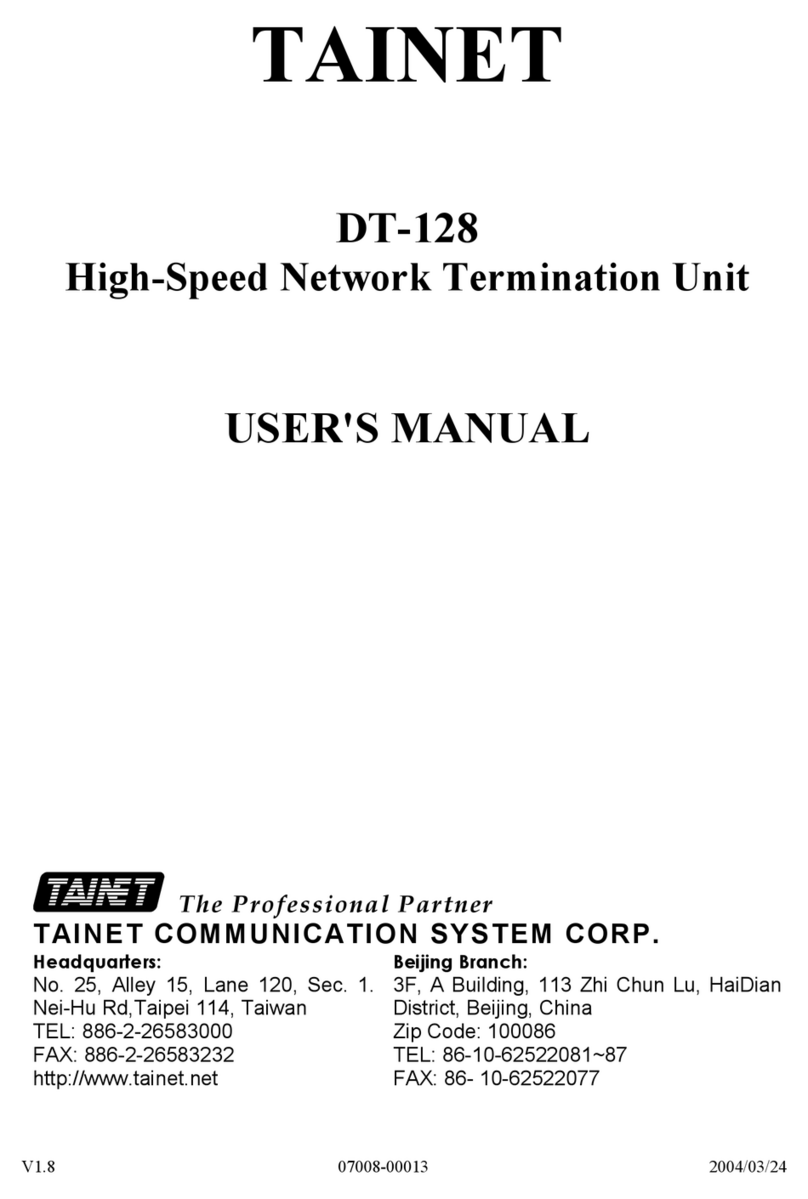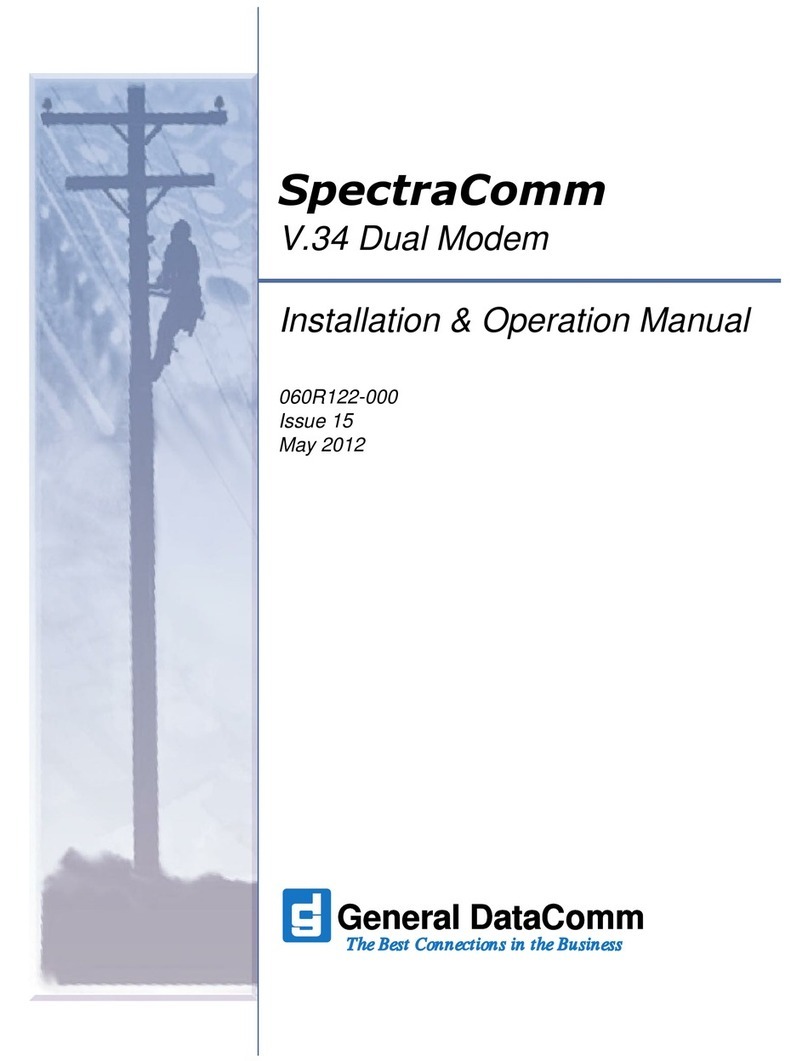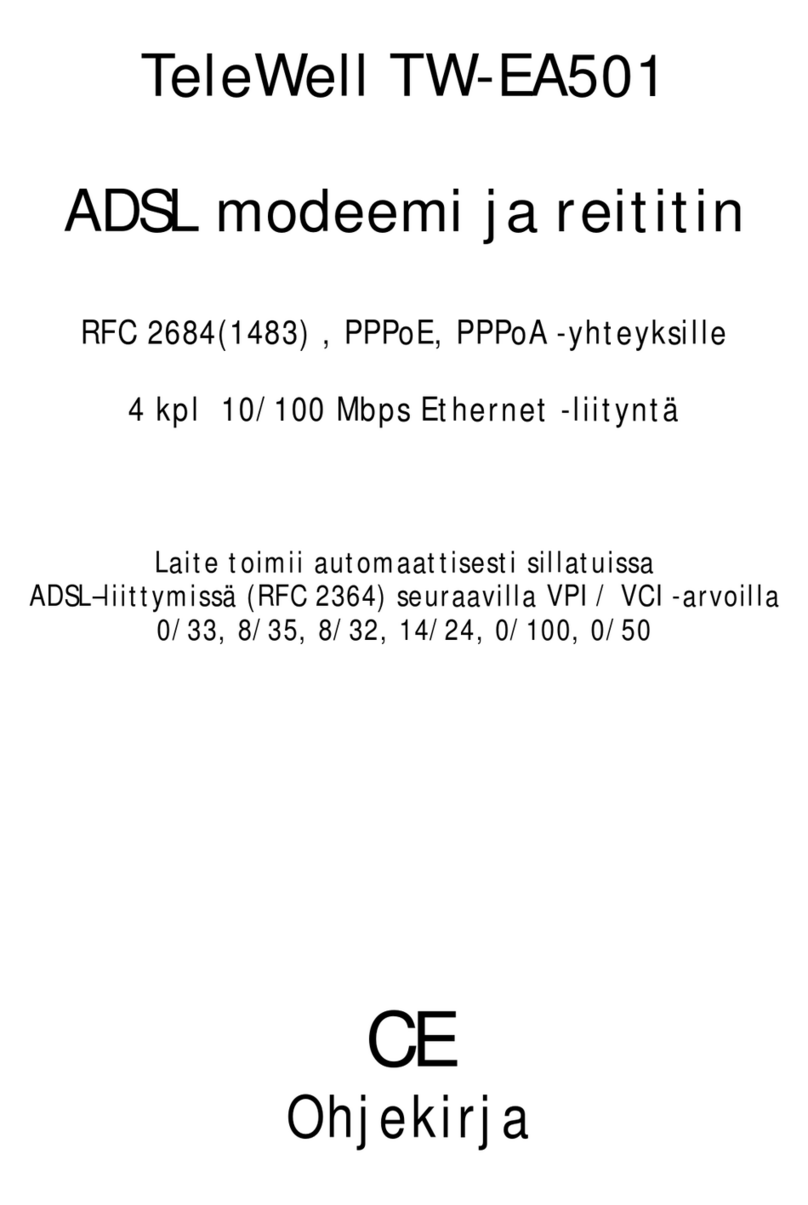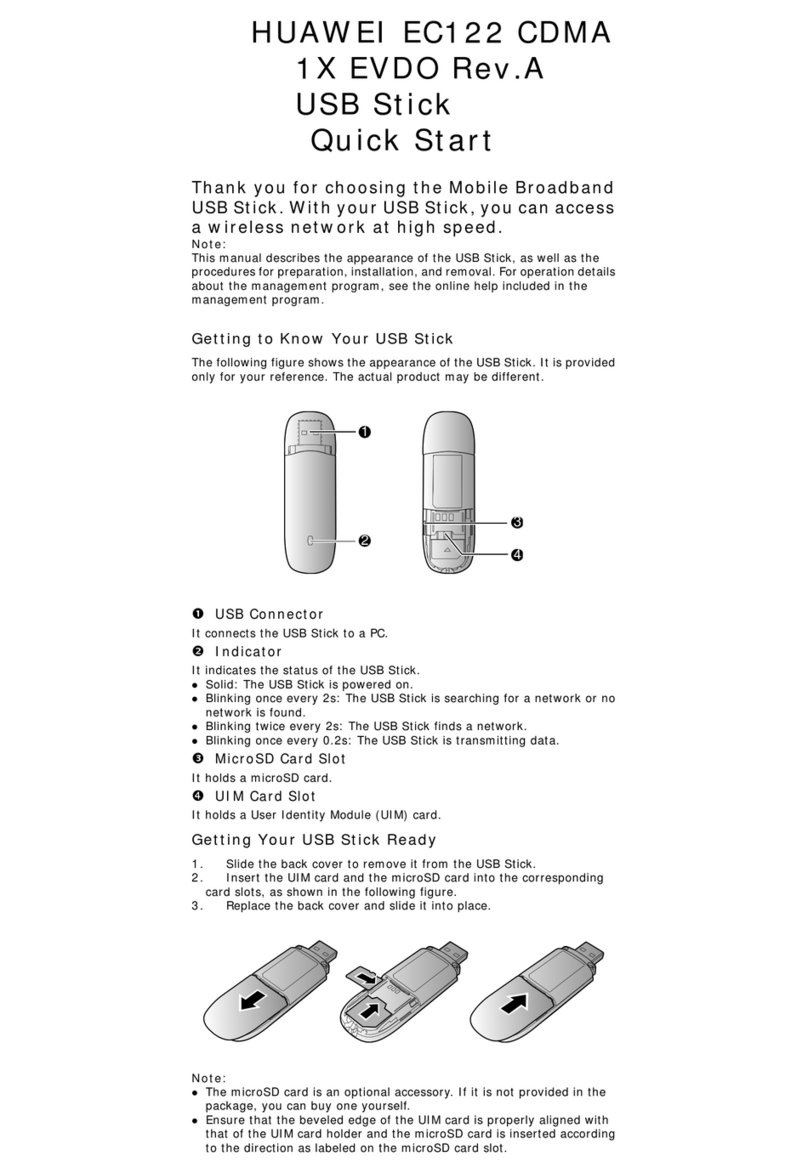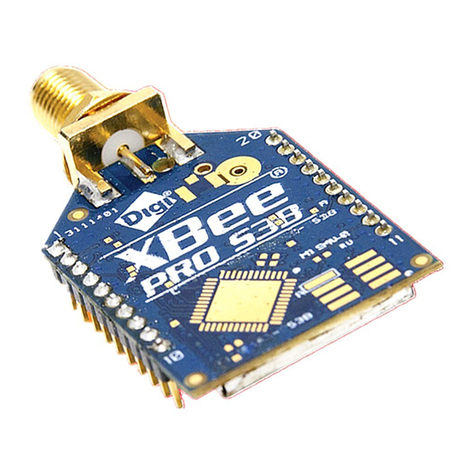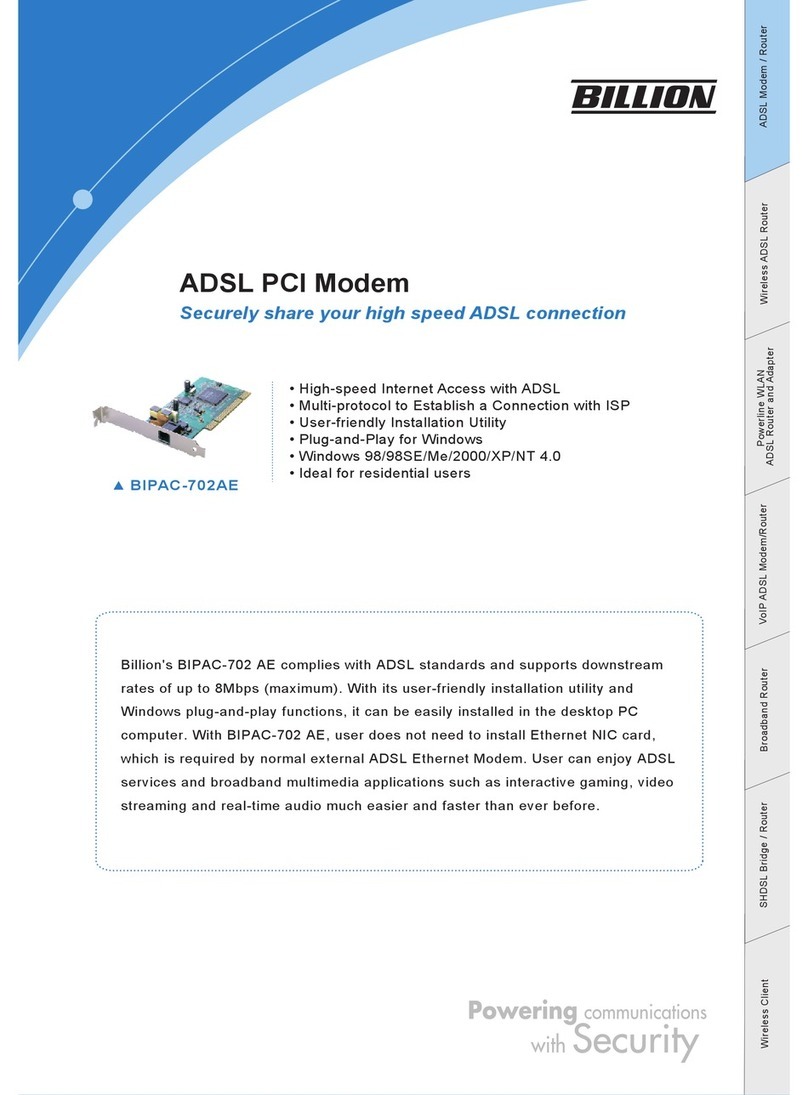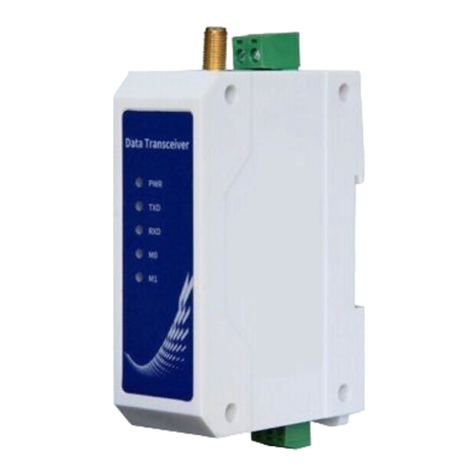XtendLan G.SHDSL .bis NTU Series User manual

G.SHDSL .bis NTU
XL-GDB-102Ev3
User Manual
Version 0.08

Tables of Contents
1. INTRODUCTION .................................................................................................................................... 4
1.1 FEATURES ....................................................................................................................................... 5
1.2 SPECIFICATION ................................................................................................................................. 5
1.3 APPLICATIONS.................................................................................................................................. 8
2. GETTING TO KNOW ABOUT THE SHDSL.BIS NTU................................................................................... 9
2.1 FRONT PANEL ................................................................................................................................ 10
2.1.1. E1/T1 interface model ........................................................................................................... 10
2.1.2. Serial interface model ............................................................................................................ 10
2.1.3. Ethernet interface model ....................................................................................................... 10
2.1.4. Multi-interfaces model........................................................................................................... 11
2.2 REAR PANEL .................................................................................................................................. 13
2.2.1. E1/T1 Interface Model ........................................................................................................... 13
2.2.2. Serial Interface Model............................................................................................................ 15
2.2.3. Ethernet Interface Model....................................................................................................... 17
2.2.4. Multi-interfaces in one Model ................................................................................................ 19
2.3 INSTALLATION ................................................................................................................................ 21
2.3.1. E1/T1 Interface...................................................................................................................... 22
2.3.2. Serial Interface ...................................................................................................................... 24
2.3.3. Ethernet Interface.................................................................................................................. 26
2.4 MODELS VS.INTERFACE MODES SUPPORT ............................................................................................. 28
2.5 CAUTION ................................................................................................................................... 31
3. CONFIGURATION WITH KEYPAD AND LCD........................................................................................... 33
3.1 KEYPAD ........................................................................................................................................ 33
3.2 MAIN MENU TREE .......................................................................................................................... 34
3.3 MENU TREE FOR SHOW STATUS ...................................................................................................... 35
3.4 MENU TREE FOR SHOW STATISTICS ................................................................................................. 37
3.4.1. Show Statistic on E1 Interface ................................................................................................ 39
3.4.2. Show Statistic on Serial/Ethernet/T1 Interface........................................................................ 40
3.5 MENU TREE FOR SYSTEM SETUP ..................................................................................................... 41
3.5.1. SETUP INTERFACE.................................................................................................................. 42
3.5.2. Sub-Menu tree for SETUP SHDSL ............................................................................................ 44
3.5.3. Sub-Menu tree for SETUP E1 Interface.................................................................................... 45
3.5.4. Sub-Menu tree for SETUP SERIAL Interface............................................................................. 49
3.5.5. Sub-menu tree for SETUP Ethernet Interface .......................................................................... 52
3.5.6. Sub-menu tree for SETUP T1 Interface.................................................................................... 53
3.5.7. Application of STU-R configuration follow STU-C .................................................................... 55
3.5.8. Application of Multi-interface ................................................................................................ 56

3.6 SUB-MENU TREE FOR REBOOT SYSTEM............................................................................................. 71
3.7 SUB-MENU TREE FOR DISGNOSTIC................................................................................................... 72
3.7.1. Loopback function ................................................................................................................. 72
3.7.2. BER Test function................................................................................................................... 76
4. PARAMETERS TABLE ........................................................................................................................... 77
4.1 NTU AND SHDSL PARAMETERS ......................................................................................................... 77
4.2 E1 PARAMETERS ............................................................................................................................. 77
4.3 T1 PARAMETERS ............................................................................................................................. 77
4.4 SERIAL PARAMETERS ........................................................................................................................ 77
4.5 ETHERNET PARAMETERS ................................................................................................................... 78
5. CONFIGURATION WITH CONSOLE PORT.............................................................................................. 79
5.1 LOGIN PROCEDURE ......................................................................................................................... 80
5.2 WINDOW STRUCTURE ...................................................................................................................... 81
5.3 MAIN MENU SUMMARY .................................................................................................................. 82
5.4 CONFIGURATION ............................................................................................................................ 84
5.4.1. Configure NTU Interface ........................................................................................................ 85
5.4.2. Configure SHDSL parameters ................................................................................................. 87
5.4.3. Configure E1 parameters ....................................................................................................... 91
5.4.4. Configure Serial parameters................................................................................................. 102
5.4.5. Configure Ethernet parameter ............................................................................................. 107
5.4.6. Configure T1 parameter....................................................................................................... 110
5.4.7. Remote configuration .......................................................................................................... 114
5.4.8. Restore factory default ........................................................................................................ 115
5.5 REBOOT ..................................................................................................................................... 120
5.6 VIEW THE SYSTEM STATUS ............................................................................................................... 121
5.6.1. View the SHDSL status......................................................................................................... 121
5.6.2. View the Interface status ..................................................................................................... 122
5.6.3. View the Statistics ............................................................................................................... 125
5.7 VIEW SYSTEM CONFIGURATION ........................................................................................................ 130
5.7.1. Show system Information..................................................................................................... 131
5.7.2. Show system with listing format .......................................................................................... 132
5.7.3. Show system with script format ........................................................................................... 134
5.8 UPGRADE ................................................................................................................................... 138
5.9 DIAGNOSTIC ................................................................................................................................ 142
5.10 EXIT .......................................................................................................................................... 145
6. APPENDIX......................................................................................................................................... 147
6.1 ABBREVIATION ............................................................................................................................. 147
6.2 SERIAL INTERFACE PIN ASSIGNMENTS ................................................................................................ 150
6.3 V.35 DB25(M) TO M.34(F) ADAPTOR CABLE .................................................................................... 152

6.4 X.21 DB25(M) TO DB15(F) ADAPTOR CABLE .................................................................................... 155
6.5 CONSOLE CABLE........................................................................................................................... 157
6.6 E1/T1 BALANCED CABLE ................................................................................................................ 159
6.7 E1 UNBALANCED CABLE................................................................................................................. 160
6.8 ETHERNET CABLE.......................................................................................................................... 161
6.9 DSL CABLE ................................................................................................................................. 162
6.10 POWER CORD .............................................................................................................................. 163
6.11 ILLUSTRATION OF LOOPBACK CONNECTION DEVICE (E1) .......................................................................... 164
6.12 ILLUSTRATION OF LOOPBACK CONNECTION DEVICE (SERIAL) ..................................................................... 165

1. Introduction
The G.SHDSL.bis NTU offers four different interfaces (E1,T1, Serial and Ethernet) connecting customers to high-speed
TDM services. This series have 6 main models types as following:-
E1 interface model: XL-GDB-102Ev3 -**/*W/E1
It offers two different ways to connect customers a high-speed TDM services with two G.703 E1 interfaces (Balanced
120Ω RJ45 jack and Unbalanced 75Ω dual BNCs). The G.703 interface will carry from 64kbps to 2.048Mbps.
Serial interface model: XL-GDB-102Ev3 -**/*W/SER
It offers the customers premise a high-speed TDM service with a DB25 interface. The industry standard DB25 interface
can be configured as a V.35/RS530 or V.36/X.21 connection. The DB25 interface can transfers data up to 5.696Mbps (for
2-wire model) or up to 11.392Mbps (for 4-wire model).
Ethernet interface model: XL-GDB-102Ev3 -**/*W/ETH
It offers the customers premise a high-speed TDM services with a LAN interface. The industry standard LAN interface
can detect a 10M or 100M connection automatically.
(2 in 1)Multi-interface model (E1+T1): XL-GDB-102Ev3 -**/*W/E1/T1
It offers two different ways to connect customers a high-speed TDM services with G.703 E1 interface (balanced 120Ω
RJ45 jack and unbalanced 75Ω dual BNCs) and T1 interface(balanced 100Ω RJ45 jack). The G.703 interface will carry
from 64kbps to 2.048Mbps for E1 and 64kbps to 1.544Mbps for T1
(3 in 1)Multi-interface model (E1+Serial+Ethernet): XL-GDB-102Ev3 -**/*W/E1/SER/ETH
It offers three types of interface: E1 interface (balanced 120Ω RJ45 jack and unbalanced 75Ω dual BNCs), Serial interface
(DB25 female connector) and Ethernet interface (RJ-45 connector).You can select one of the following: (a) E1 interface
only (b)Serial interface only (c) Ethernet interface only (d) E1 and Serial interface (e)E1 and Ethernet interface.
(4 in 1)Multi-interface model (E1+T1+Serial+Ethernet): XL-GDB-102Ev3 -**/*W/E1/T1/SER/ETH
It offers three types of interface: E1 interface (balanced 120Ω RJ45 jack and unbalanced 75Ω dual BNCs), T1 interface
(balanced 120Ω RJ45 jack),Serial interface (DB25 female connector) and Ethernet interface (RJ-45 connector).You can
select one of the following: (a) E1 interface only (b) T1 interface only (c)Serial interface only (d) Ethernet interface only (e)
E1 and Serial interface (f)E1 and Ethernet interface (g) T1 and Serial interface (h)T1 and Ethernet interface.
They can be configured and managed via EOC, or menu-driven VT100 compatible Asynchronous Terminal Interface,
either locally or remotely.
The G.SHDSL.Bis NTU is equipped with an auto rate capability that identifies the maximum line rate supported by the
copper loop. This powerful automatic configuration capability makes installation and service provisioning simple and

painless. Further flexibility is provided as the ability to manually set the maximum NTU speed at different levels for
different customer-tailored service offerings.
1.1 Features
Standard G.SHDSL.Bis ITU G.991.2 (2004) supports improved reach/speed and greater interoperability
Fast and cost-effective provisioning of traditional frame relay (FR or T-HDLC) or TDM leased line services
User existing copper loop infrastructures
Can operate in point to point connection
Efficient single wire pair usage
Up to 5.696Mbps(2-wire) or 11.392Mbps(4-wire) symmetric service bit rate
Auto rate installation maximizes data rate based on loop conditions
Wetting current sink to protect SHDSL line
Local management interface with LCD display
Remote line loopback
SHDSL Line performance monitoring
Raw and per time interval statistics
Bandwidth guaranteed transmission equipment
Remote firmware upgrade
1.2 Specification
WAN Interface
Line Rate: ITU G.991.2 (2004)
Coding: trellis coded pulse amplitude modulation (TC-PAM16 and TC-PAM32)
Support: Annex A ,B , F and G
Payload rates: 64Kps to 5.696Mbps (N=1 to 89) for 2-wire model
128Kbps to11.392Mbps (N=2 to 178) for 4-wire model
Connection: RJ-45 jack (2-wire or 4-wire)
Impedance: 135 ohms
G.703 Interface (as E1)
Connection: RJ-48C for balanced 120Ω E1 cable and BNC for unbalanced 75Ω E1 cable
Line Rate : 2048KHz +/- 50ppm
Line code: HDB3/AMI
Framing : PCM30/PCM30C/PCM31/PCM31C and Unframed
Data Rate : 64Kbps to 2.048Mbps ( Nx64Kbps , N=1 to 32)
Operation : Full E1 and Fractional E1
G.703 Interface (as T1)
Connection: RJ-48C for balanced 100Ω T1 cable
Line Rate : 1544KHz +/- 50ppm
Line code: B8ZS

Framing: SF/ESF/Unframed
Data Rate : 64kbps to 1.536Mbps ( N=1 to 24)
Operation : Clear Channel and Factional T1
Serial Interface (as RS-530/V.35/X.21)
•Payload rates: Up to 5.696Mbps(for 2-wire model) or Up to 8.192Mbps(for 4-wire model)
•Support V.35/RS-530 or V.36/X.21
LAN Interface (as Ethernet)
•Single Ethernet Interface
•10/100Mpbs Half/Full Duplex, Auto-sensing, Auto-Crossover
•Up to 1024 MAC address learning, filtering bridge
DSL Timing
•Internal
•From E1/T1 Recovery (as E1/T1)
•From DTE ( as V.35 and Ethernet)
Performance Monitoring
•ES, SES, UAS, LOWS for SHDSL
•ES, SES, UAS for E1
•Alarms and Errors for SHDSL or interface
Loopback Tests (for E1, T1 and V.35 interface only)
Local Digital Loopback
Local Loopback
Remote Line Loopback
Remote Payload Loopback
Far-end Line Loopback
Far-end Payload Loopback
V.54 Loopback (for V.35 interface)
Build-in 2047(211-1) bit BER tester
Management
•Configuration with keypads and LCD display
•Console port (RJ45 , RS232C)
•Support firmware upgradeable
Physical/Electrical
•Dimensions: 19.8 x 4.6 x 16.8 cm
•AC Input: 100 - 240Vac with 50 - 60Hz, 200mA
•DC Input: -48V , 300mA
•Power Consumption: 12W Max

•Operation temperature: 0 to 45°C
•Humidity: Up to 95% (non-condensing)
•External screw for frame grounding

1.3 Applications

2. Getting to know about the SHDSL.bis NTU
This chapter shows the front and rear panel and how to install the hardware.
The models listing on G.SHDSL .bis NTU series:
Interface type
2/4 wires
AC Power supply
DC Power supply
AC & DC
Dual Power supply
E1
2
XL-GDB-102Ev3 -AC/2W/E1
XL-GDB-102Ev3 -DC/2W/E1
XL-GDB-102Ev3 -DA/2W/E1
4
XL-GDB-102Ev3 -AC/4W/E1
XL-GDB-102Ev3 -DC/4W/E1
XL-GDB-102Ev3 -DA/4W/E1
Serial
2
XL-GDB-102Ev3 -AC/2W/SER
XL-GDB-102Ev3 -DC/2W/SER
XL-GDB-102Ev3 -DA/2W/SER
4
XL-GDB-102Ev3 -AC/4W/SER
XL-GDB-102Ev3 -DC/4W/SER
XL-GDB-102Ev3 -DA/4W/SER
Ethernet
2
XL-GDB-102Ev3 -AC/2W/ETH
XL-GDB-102Ev3 -DC/2W/ETH
XL-GDB-102Ev3 -DA/2W/ETH
4
XL-GDB-102Ev3 -AC/4W/ETH
XL-GDB-102Ev3 -DC/4W/ETH
XL-GDB-102Ev3 -DA/4W/ETH
E1+T1
2
XL-GDB-102Ev3 -AC/2W/E1/T1
XL-GDB-102Ev3 -DC/2W/E1/T1
XL-GDB-102Ev3 -DA/2W/E1/T1
4
XL-GDB-102Ev3 -AC/4W/E1/T1
XL-GDB-102Ev3 -DC/4W/E1/T1
XL-GDB-102Ev3 -DA/4W/E1/T1
E1+Serial+Ethernet
2
XL-GDB-102Ev3
-AC/2W/E1/SER/ETH
XL-GDB-102Ev3
-DC/2W/E1/SER/ETH
XL-GDB-102Ev3
-DA/2W/E1/SER/E1
4
XL-GDB-102Ev3
-AC/4W/E1/SER/ETH
XL-GDB-102Ev3
-DC/4W/E1/SER/ETH
XL-GDB-102Ev3
-DA/4W/E1/SER/E1
E1+T1+Serial+Ethernet
2
XL-GDB-102Ev3
-AC/2W/E1/T1/SER/ETH
XL-GDB-102Ev3
-DC/2W/E1/T1/SER/ETH
XL-GDB-102Ev3
-DA/2W/E1/T1/SER/ETH
4
XL-GDB-102Ev3
-AC/4W/E1/T1/SER/ETH
XL-GDB-102Ev3
-DC/4W/E1/T1/SER/ETH
XL-GDB-102Ev3
-DA/4W/E1/T1/SER/ETH

2.1 Front Panel
2.1.1. E1/T1 interface model
2.1.2. Serial interface model
2.1.3. Ethernet interface model

2.1.4. Multi-interfaces model
Front panel can be separated into three parts: LCD display, LED indicator and Keypads.
The LCD display can show the status and configuration of the device. The local management interface will be done by
keypad with this LCD display.
The purpose of the keypad is to configure the setting or function selection on this NTU.
The following table describes the LEDs’ functions of the SHDSL.bis NTU:
LED
Color
Action
Description
PWR
Green
On
Power is on.
Off
Power is off.
ALM
Red
On
System loss.
Off
System is working nomarally.
TST
Yellow
On
System is testing for connection.
Off
System is working nomarlly.
SHDSL
SYN
Green
On
SHDSL line is connected.
Blink
Data transmit in SHDSL line.
Off
SHDSL line is dropped.
ERR
Red
Blink
Error second occurs.
Off
No error second.
LPB
Yellow
On
Loopback is on.
Off
Loopback is off.
E1
SYN
Green
On
E1 line is connected.
Off
E1 line is dropped.
ERR
Red
Blink
There are error seconds.
Off
There is not any error second.
LPB
Yellow
On
Loopback is on.
Off
Loopback is off.
V.35
TD
Green
On
Data transmit in V.35.

Off
No data transmit in V.35.
RD
Green
On
Data receive in V.35.
Off
No data reveive in V.35.
ERR
Red
Blink
Error second occurs.
Off
No error second.
ETH
LINK
Green
On
Data transmit in Ethernet.
Off
No data transmit in Ethernet.
100M
Green
On
Data receive in 100M.
Off
No data receive in 100M.
COL
Red
Blink
Error collision occurs.
Off
No error collision.
MODE
E1
Green
Blink
E1 Data tramsmit and receive
On
E1 cable cable connected
Red
On
No E1 cable connected
SER
Green
Blink
Serial Data tramsmit and receive
On
DTE Connected
Red
On
DTE Disconnect
ETH
Green
Blink
Ethernet Data tramsmit and receive
On
Ethernet cable connected
Red
On
No Ethernet cable connected

2.2 Rear Panel
2.2.1. E1/T1 Interface Model
AC power input version
XL-GDB-102Ev3 -AC/2W/E1 XL-GDB-102Ev3 -AC/4W/E1
XL-GDB-102Ev3 -AC/2W/E1/T1 XL-GDB-102Ev3 -AC/4W/E1/T1
The rear panel of this model is including power switch, AC power socket, RJ-45 console, G.703 RJ-48C jack or BNC jack
for transmitting and receiving and RJ-45 for DSL cable from left to right.
DC power input version
XL-GDB-102Ev3 -DC/2W/E1 XL-GDB-102Ev3 -DC/4W/E1
XL-GDB-102Ev3 -DC/2W/E1/T1 XL-GDB-102Ev3 -DC/4W/E1/T1
The rear panel of this model is including power switch, DC power socket, RJ-45 console, G.703 RJ-48C jack or BNC jack
for transmitting and receiving and RJ-45 for DSL cable from left to right.
AC & DC dual power input version
XL-GDB-102Ev3 -DA/2W/E1 XL-GDB-102Ev3 -DA/4W/E1
XL-GDB-102Ev3 -DA/2W/E1/T1 XL-GDB-102Ev3 -DA/4W/E1/T1
The rear panel of this model is including DC power socket, AC power switch, AC power socket, RJ-45 console, G.703
RJ-48C jack or BNC jack for transmitting and receiving and RJ-45 for DSL cable from left to right.

Connector Description
ON
Power switch. Press 1 for turn on and press 0 for off
100 -240Vac
IEC-320 C6 AC input connector. It has power adapting function from 100V to 240V
-48V GND
DC power input connector (-48V)
CONSOLE
RJ-45 for system configuration and maintenance
G.703
RJ-48C for 120Ω E1/T1 connection with PABX (Private Automatic Branch Exchange) or
E1 Router
TX
BNC for 75Ω E1 transmitting
RX
BNC for 75Ω E1 receiving
SHDSL
RJ-45 for DSL connection

2.2.2. Serial Interface Model
AC power input version
XL-GDB-102Ev3 -AC/2W/SER XL-GDB-102Ev3 -AC/4W/SER
The rear panel of this model is including power switch, AC power socket, RJ-45 for console cable, DB-25(Female) for
serial cable and RJ-45 for DSL cable from left to right.
DC power input version
XL-GDB-102Ev3 -DC/2W/SER XL-GDB-102Ev3 -DC/4W/SER
The rear panel of this model is including power switch, DC power socket, RJ-45 for console cable, DB-25(Female) for
serial cable and RJ-45 for DSL cable from left to right.
AC & DC dual power input version
XL-GDB-102Ev3 -DA/2W/SER XL-GDB-102Ev3 -DA/4W/SER
The rear panel of this model is including DC power socket, AC power switch, AC power socket, RJ-45 for console cable,
DB-25(Female) for serial cable and RJ-45 for DSL cable from left to right.

Connector Description
ON
Power switch. Press 1 for turn on and press 0 for off.
100 -240Vac
IEC-320 C6 AC input connector. It has power adapting function from 100V to 240V
-48V GND
DC power input connector (-48V)
CONSOLE
RJ-45 for system configuration and maintenance
SERIAL
DB-25(F) for RS-530 and V.35 or X.21(with adaptor cable)
SHDSL
RJ-45 for DSL Connection

2.2.3. Ethernet Interface Model
AC power input version
XL-GDB-102Ev3 -AC/2W/ETH XL-GDB-102Ev3 -AC/4W/ETH
The rear panel of this model is including power switch, AC power socket, RJ-45 for console cable, LAN for Ethernet
cable and RJ-45 for DSL cable from left to right.
DC power input version
XL-GDB-102Ev3 -DC/2W/ETH XL-GDB-102Ev3 -DC/4W/ETH
The rear panel of this model is including power switch, DC power socket, RJ-45 for console cable, LAN for Ethernet
cable and RJ-45 for DSL cable from left to right.
AC & DC dual power input version
XL-GDB-102Ev3 -DA/2W/ETH XL-GDB-102Ev3 -DA/4W/ETH
The rear panel of this model is including DC power socket, AC power switch, AC power socket, RJ-45 for console cable,
LAN for Ethernet cable and RJ-45 for DSL cable from left to right.

Connector Description
ON
Power switch. Press 1 for turn on and press 0 for turn off.
100 - 240Vac
IEC-320 C6 AC input connector. It has power adapting function from 100V to 240V.
-48V GND
DC power input connector (-48V)
CONSOLE
RJ-45 for system configuration and maintenance.
ETH
RJ-45 LAN port for Ethernet cable
SHDSL
RJ-45 for DSL Connection

2.2.4. Multi-interfaces in one Model
DC power input version
XL-GDB-102Ev3 -AC/2W/E1/SER/ETH XL-GDB-102Ev3 -AC/4W/E1/SER/ETH
XL-GDB-102Ev3 -AC/2W/E1/T1/SER/ETH XL-GDB-102Ev3 -AC/4W/E1/T1/SER/ETH
The rear panel of this model is including power switch, AC power socket, RJ-45 for console cable, LAN for Ethernet
cable, G.703 RJ-48C or BNC jacks for transmitting and receiving, DB-25(Female) for serial cable and RJ-45 for DSL cable
from left to right.
DC power input version
XL-GDB-102Ev3 -DC/2W/E1/SER/ETH XL-GDB-102Ev3 -DC/4W/E1/SER/ETH
XL-GDB-102Ev3 -DC/2W/E1/T1/SER/ETH XL-GDB-102Ev3 -DC/4W/E1/T1/SER/ETH
The rear panel of this model is including power switch, DC power socket, RJ-45 for console cable, LAN for Ethernet
cable, G.703 RJ-48C or BNC jacks for transmitting and receiving, DB-25(Female) for serial cable and RJ-45 for DSL cable
from left to right.
AC & DC dual power input version
XL-GDB-102Ev3 -DA/2W/E1/SER/ETH XL-GDB-102Ev3 -DA/4W/E1/SER/ETH
XL-GDB-102Ev3 -DA/2W/E1/T1/SER/ETH XL-GDB-102Ev3 -DA/4W/E1/T1/SER/ETH
The rear panel of this model is including DC power socket, AC power switch, AC power socket, RJ-45 for console cable,
This manual suits for next models
35
Table of contents
Other XtendLan Modem manuals

